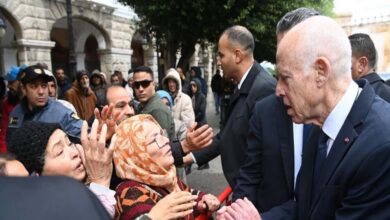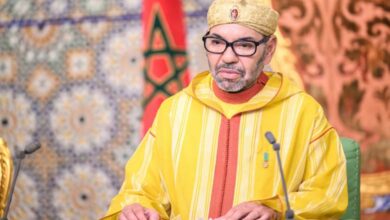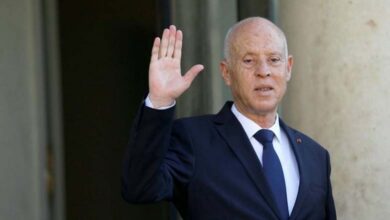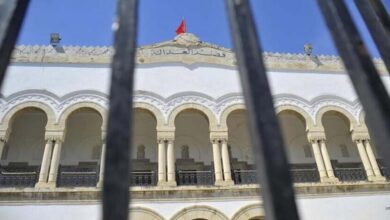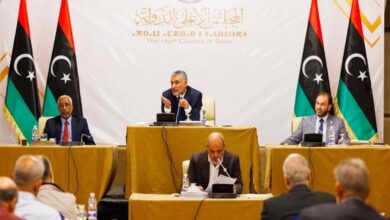Poverty rates in Morocco decline.. How has the composition of society changed?

A study by the National Observatory for Human Development in Morocco revealed the societal makeup of the country following the decline in poverty rates and the improvement in the standard of living of Moroccans.
The poverty rate in Morocco fell between 2001 and 2019 from 20,4% to 17,7%.
Extreme poverty rates have declined significantly in the Kingdom of Morocco over the past 20 years, in parallel with an overall improvement in the standard of living of Moroccans.
According to a study by the National Observatory for Human Development on the “dynamics of poverty in Morocco,” the rate of extreme poverty has dropped significantly since 2001, representing only 1,2% in 2019.
The rate of relative poverty remains high, especially in rural areas, where it reached 36,8% in 2019. During the same period, the relative urban poverty rate fell from 9% to 6,4%.
About 45% of Moroccans in 2019 are considered “self-poor” (38,6% in urban areas and 58,4% in rural areas).
Self-poverty (the percentage of heads of households who consider themselves in poverty) affects all social classes but at different levels.
The source added that the rate of self-impoverishment was 55,7% among the 20% of the poorest, and 26,7% among the 20% of the most prosperous.
At the national level, 48,5% of the population experienced at least one experience of poverty between 2012 and 2019, and 18,2% of individuals, between 2012 and 2019, were chronically poor (34,4% in rural areas versus 5,5% in urban areas).
In terms of temporary poverty, 30.3% of the population is living in the country (21.9% in urban areas compared to 41.3% in rural areas).
The study indicated that the poor person has a better chance of getting out of poverty than remaining in poverty (55,7% versus 43,3%), and that the non-poor person has a greater chance of remaining poor (86,3%) than falling into poverty (13,7%).
The National Observatory for Human Development (ONDH) recorded that the likelihood of a poor individual remaining poor in 2012 was 43,3% in 2019, explaining that the transverse approach adopted in its analysis sheds light on the determinants of entering poverty.
Thus, the econometric analysis showed that the family composition (number of children, single parent status, etc.), employment status and the level of education of the individual or head of household to which he belongs are the main factors for entering into relative poverty.
The Observatory considered that compared to the sample studied between 2012 and 2019, having a preliminary poverty experiment increases the risk of re-entering poverty.





